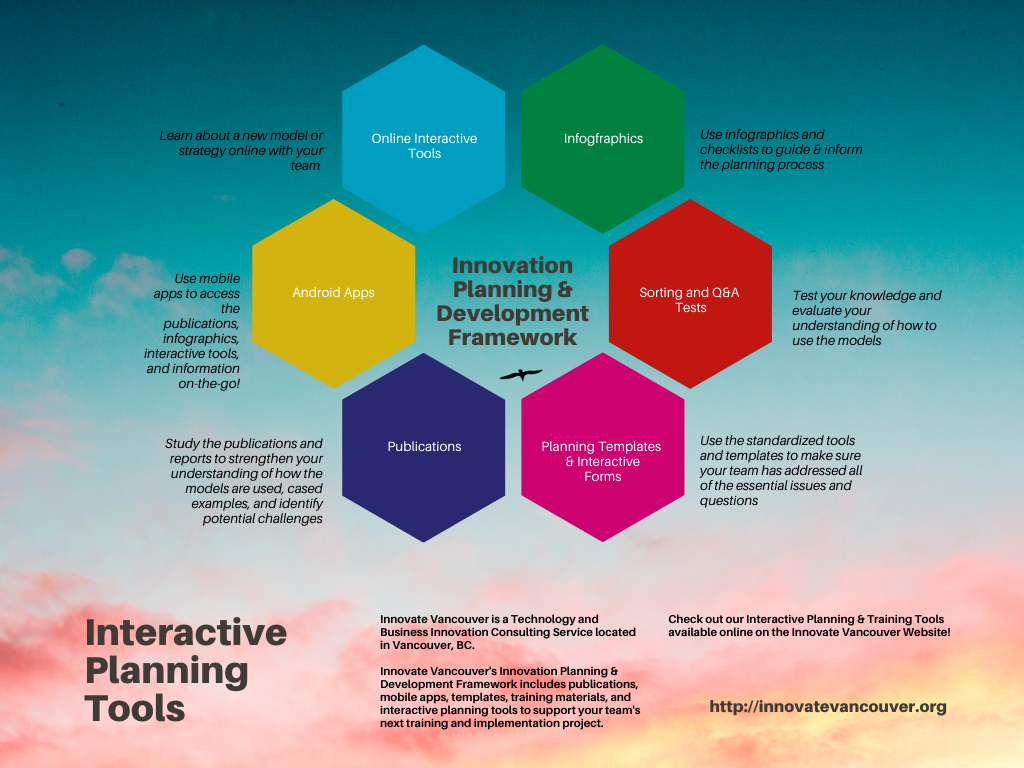Examples of homeostatic vectors:
- Resistance
- Comfort zones
- Challenges to the arguments for change
- Distress
- Low prioritization (for change) or high prioritization (for stability)
- Complacency
- Risk aversion
- Politics
- Triangulation
These vectors can be both active or passive with the latter often being the result of the following:
- Poor planning
- Low consultation
- Low quality business case
- Inadequate requirements gathering
- Poor strategy-to-business culture fit
- Inadequate communication (and sharing of information)
- Inadequate leadership (to influence engagement, commitment, and change at all levels)
Change management tools are often the ‘go to’ for driving incremental adjustments in value across the business’ ecosystem. Unfortunately many of these tools will find their performance lacking if:
- The foundation to start the change does not exist,
- The resources and commitment from all levels to champion the change does not exist, and/or
- The business case for sustaining the change does not exist
Business Model Evaluation: An Introduction
Business model innovation is not as simple as ‘building the foundation and creativity will come.’ Creativity within the business sector is an agile and ever-changing construct that requires fuel and commitment in order for it to produce continuing value. Innovation is more than just rehearsing or championing old ideas that have already received applause but not the resources to move forward.
Business Model Innovation is about engaging the new frontier of ideas and technology as new opportunities, customer problems, and:
- Readjusting what ‘business as usual’ looks like
- Readjusting how strategy, processes, and resources are allocated
- Readjusting how the business model components collaborate, cooperate, or compete to generate added value
- Readjusting how learning is generated and shared across business model units, incorporated into best practices, and leveraged to disrupt the market………and
- Readjust how barriers, conflict, and risk are engaged
Drag & Drop the Business Model Components in the order Presented Here (L to R)
With the next task you have an opportunity to order the business model components as they were explained in the presentation above. Beginning from the top left of the model and working your way Left to Right, drag and order the components in the order depicted in the Business Model framework. Although no component is considered more important than the others this task will help you memorize the key components needed to build out a successful business model.
Evaluating Your Business Model: True & False Quiz
The following task involves using the information you just learned to evaluate the strength of your Business Model. This exercise is intended to help you identify areas to improve.

